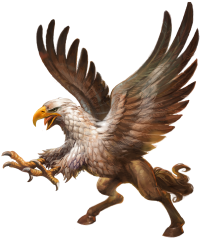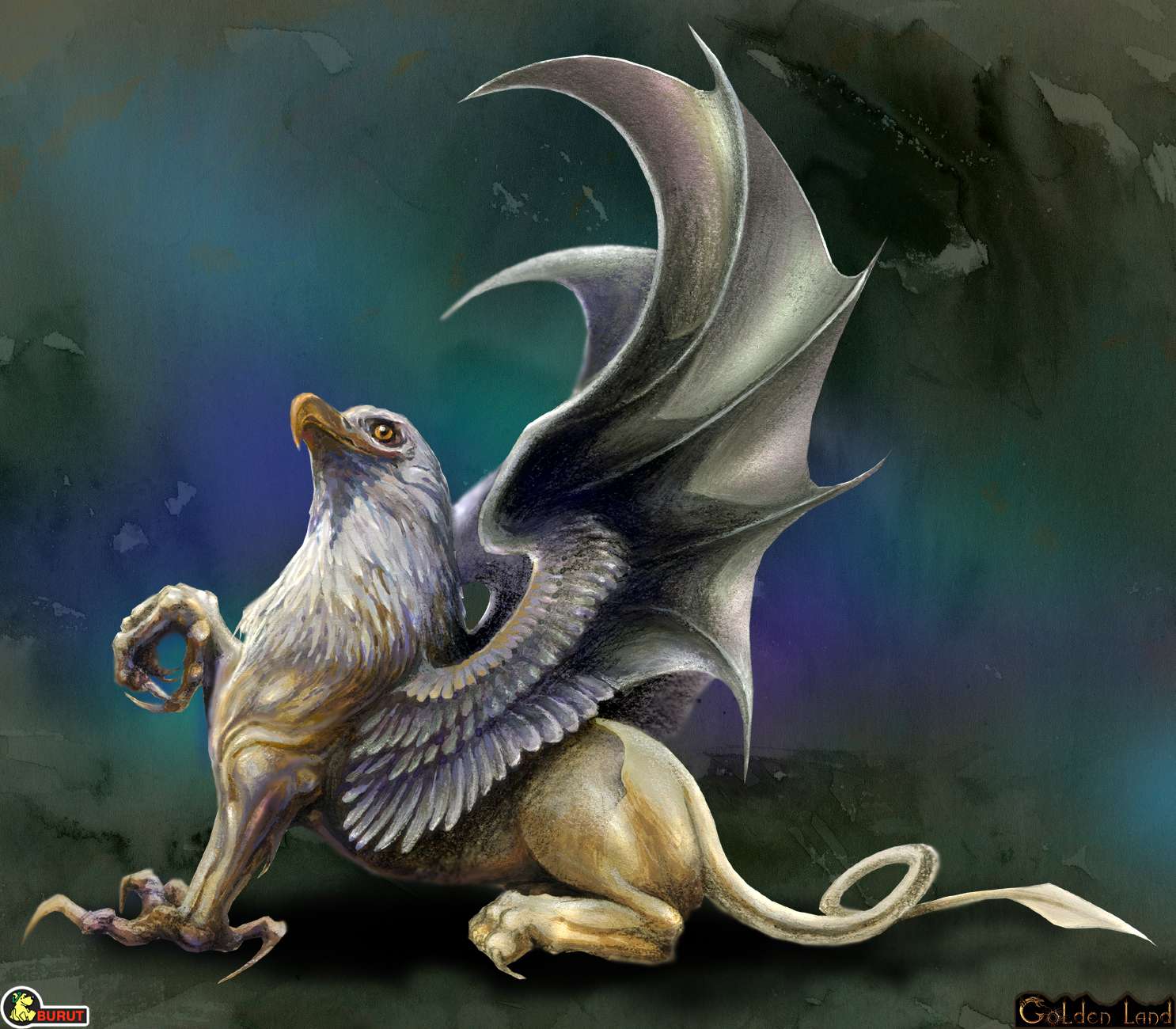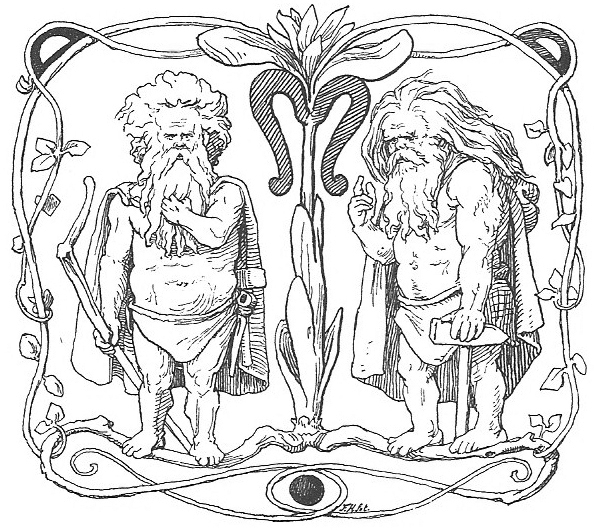Elves are usually tall beautiful creatures that feature in many myths. They come from Germanic legends; all the Norse, Scandinavian, Icelandic and English cultures have Germanic roots. They are found all over northern Europe, although the specific details can vary.
Many people consider elves to be small fairy-like creatures, and although they belong to the Faerie family, they are fairly tall. Their height can range from 1 metre 70, to well over 2 metres. All legends seem to agree that they have pointed ears and have magical or supernatural powers. They are sometimes called the "Fair Folk" as they are much more beautiful than a human, although they have a hominid shape. Their faces are often more triangular in shape and their eyes are slanted.
Elves supposedly come from a mysterious land that no mortal has ever seen. They came across the blue oceans and arrived in Ancient Northern Europe. They settled Iceland, Britain, Ireland, Northern Germany, Denmark, and the Scandinavian countries.
Elves are often mischievous, but they are very wise and know much more than they let us think. Although they are often pranking humans, in times of great need or seriousness, they are the least amusing creatures. They go about their jobs with pure determination and vigor. They are very strong and very fast, easily overpowering a man.
Elves are immortal, unless killed. The elves are immortal, but not invulnerable. They can be killed by stabbing or poison, even illness. However, elves are not easily overpowered, so unlikely to be stabbed. They have excellent senses of smell and touch, meaning they would detect poison immediately and treat themselves with magic. They are also immune to minor poisons such as Hemlock, and often survive the more dangerous Belladonna and Wolfs-Bane as their immune system is much more powerful than a human's. This also means they rarely get ill and almost never die of a disease or sickness.
Elves marry for life, staying with one partner for eternity. They often marry quite young, about 100 years old. Children however are rare, as elves are immortal and do not see the need to make their race over-populated. When children are had however, they are prized beyond anything else, and treated with utmost respect and care. Elves do not usually have children until the age of around 150 years.
If you wish to prevent elves from disrupting your life simply place an iron horseshoe over your door, as the curved shape and magnetic qualities meddle with the complicated structure of the elven mind. Elves are usually quite peaceful, preferring to become blacksmiths, horticulturists, or extend their knowledge of magic and become great sorcerers. Elves are often artistic and skilled at the arts; music, drama, painting, and sculpturing. They are also skilled at healing.
Elves rarely go to war, in the belief that taking life is unnatural and an evil thing to do. For this same reason most elves are vegans, however some feel that if they raise their own animals as friends, and if they were then to become sick and die it is acceptable to eat them. Elves will not catch the disease that killed the animal as their immune system is strong and rarely affected by illness.
Sometimes an elf will replace one of its own children with that of a human. The human child is taken to live with the elves and learn about them, often coming back to the mortal world and becoming great heroes, whereas the elvish child lives with humans, learning about them and experiencing life from a mortal point of view. After a certain amount of time they will rejoin their own kind and give any new information on the humans.
If you want even more information on elves visit the following sites:
Here is a picture of a female elf:




